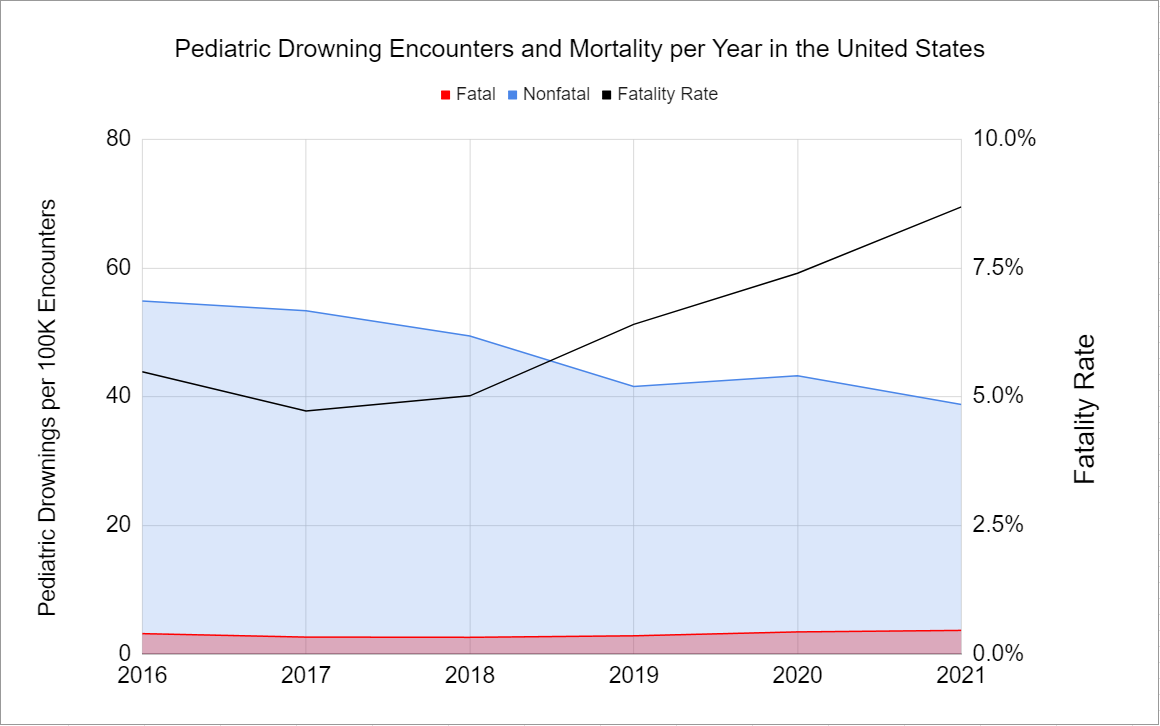Emergency Medicine
Session: Emergency Medicine 10: Trauma
405 - Pediatric Drowning Hospitalizations in the United States: An Epidemiological Analysis from 2016 to 2021
Monday, May 6, 2024
9:30 AM - 11:30 AM ET
Poster Number: 405
Publication Number: 405.3090
Publication Number: 405.3090

Timothy Phamduy, DO
Pediatric Emergency Medicine Fellow
Dayton Children's Hospital
Dayton, Ohio, United States
Presenting Author(s)
Background: Pediatric drowning (PD) is the leading cause of unintentional, injury-related deaths in United States children ages 1-4 years. Historically, rates of drowning death vary with age, sex, and race and/or ethnicity, with toddlers and male adolescents at highest risk.
Objective: The objective of this study is to analyze risk factors for US emergency department (ED) visit rates and epidemiologic features of PD over a six-year study period of 2016 through 2021.
Design/Methods: Using Pediatric Hospital Information Systems (PHIS), a large multicenter database, patients with a diagnosis code for PD discharged between January 1, 2016 and December 31, 2021 were analyzed for trends over time. Demographic factors associated with fatal and nonfatal drownings were assessed.
Results: The annual rate of PD emergency department visits per one-hundred thousand pediatric ED encounters decreased from 2016 to 2021 (54.9, 53.4, 49.4, 41.6, 43.3, and 38.8, respectively). The rate of mortality increased from 2017-2021 (p < 0.01). There was a significant predominance of fatal drownings in older, male, black, and publicly-insured subjects (10 %, p< 0.01; 7%, p< 0.01; 7%, p< 0.01; 7%, p< 0.01). Subjects younger than two years of age had the lowest rate of mortalities (5%, p< 0.01). The subjects’ US region of residence was similar for fatal and non-fatal drownings.
Conclusion(s): In this retrospective cohort study, the rate of PD emergency department visits decreased over the six year study period. Although the majority of PD subjects were younger than five years of age, a predisposition towards fatalities in teenage subjects may reflect increased risk taking behaviors and mental health disparities. The disproportionate rates of mortality in black and publicly-insured subjects may also reflect social determinants of health and may highlight unmet needs in pediatric care and injury prevention.
.png)

